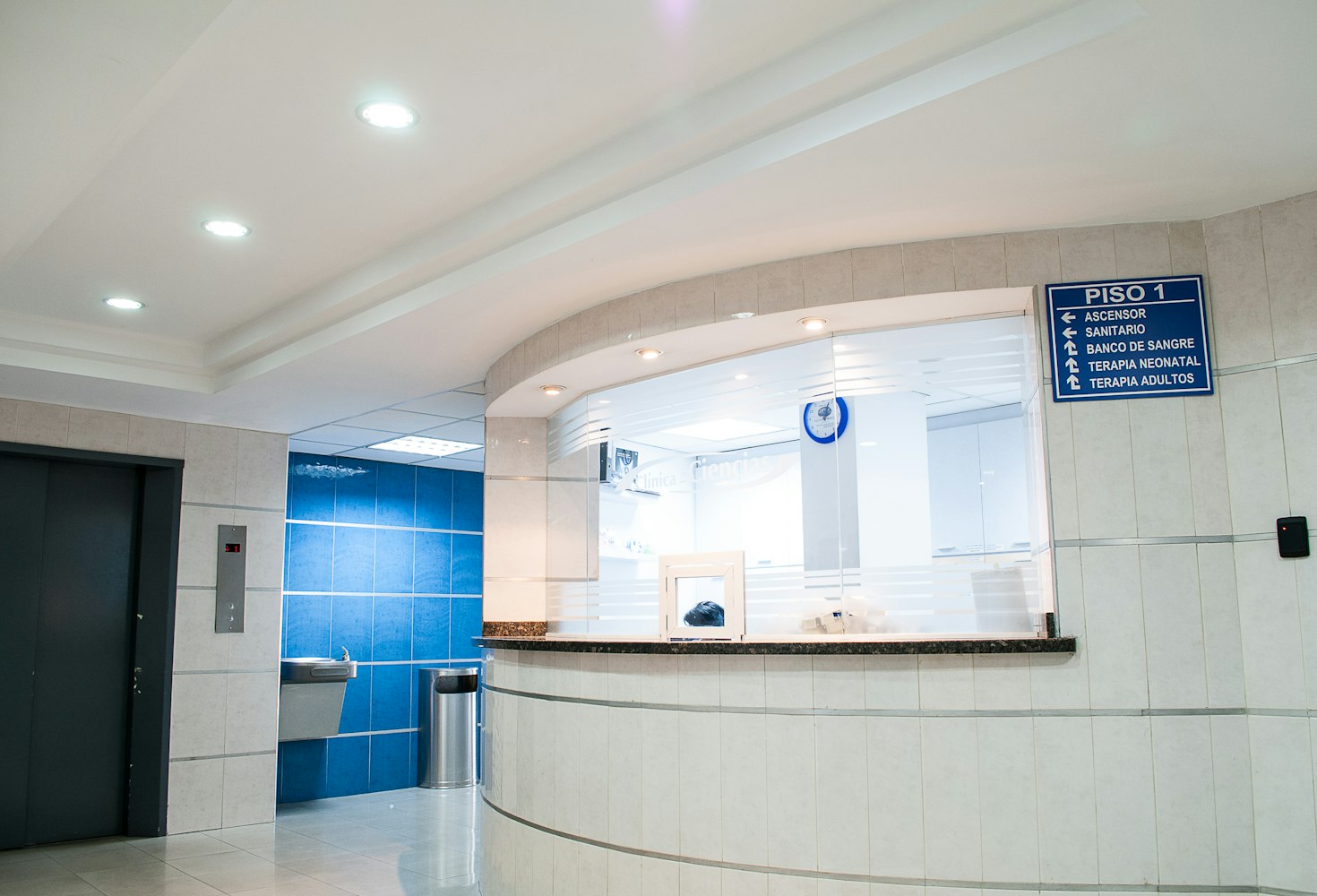Rebuilding Patient Experience in the Healthcare Industry
The pandemic has dramatically changed the healthcare industry. Front-line workers across healthcare organizations are dealing with unprecedented risk to ensure our safety. And the way healthcare services are being conducted has permanently changed. How can healthcare organizations sustain customer trust? Your organization must start with creating a positive and authentic patient experience. Here is how you can begin:
Omni-Channel Patient Personalization
Digital health is now becoming an alternative to traditional patient treatment. Digital health and its venture capital investment grew to $7.4 Billion in 2019. Digital health solutions through telemedicine and digital health programs continue to grow as they are being optimized by the pandemic. These programs are becoming not only more popular among patients, but are more cost-friendly than in-person visits with providers. With these new technologies emerging, patients are seeking a consistent experience across in-person and digital experiences.
A way your healthcare organization can maintain consistency across digital health and in-person treatment is through an omni-channel strategy. An omni-channel strategy matters for your healthcare organization because it provides a centralized hub for patient data. From this data you can access previous patient data, and can offer a more intentional and personalized experience. It is likely that patients will feel a greater disconnection when interacting with a provider online. Ensure that your patients can experience effective communication with providers and even consider implementing online chatbots. Patients are desiring greater human-centered interactions with their providers, as the pandemic has positioned many of us in fear. Ensure that your organization takes the steps to take away this fear through a personalized omni-channel strategy.
Measuring Patient Experience through Mystery Shopping
Healthcare organizations have historically struggled with customer service. During a time where demand for healthcare providers has reached its peak, it’s more important than ever to ensure a positive patient experience. According to a report conducted by Kyruss, only 58% of call center agents could match a patient with a provider during their first interaction. And only 18% could book an appointment for the patient. This emphasizes how poorly call center services are conducted across healthcare organizations. A smart way you can measure your patient experience is through using mystery shopping programs or voice of consumer surveys. Through these methods, you can get a perspective of how your experience is delivered from your customers point of view. Mystery shopping and voice of customer surveys can give you a better look into how your staff treats patients, and areas for improvement with patient interactions. It’s important to optimize patient satisfaction so they do not switch providers and you can maintain customer trust.
Optimization of Touch-points in Clinics
Many patients are still attending clinics to get treatment during the pandemic. Patients engage with many touch points in these clinics. These commonly include patients filling out a health questionnaire and waiting to see their provider. During this period, it is easy for a patient to experience an unpleasant customer experience. Longer wait times and the tedious process of filling out health questionnaires pose a risk for patients to become impatient. The last thing they would hope for is to experience a long wait time with their provider.
Customer service processes can provide estimated wait times to patients so they do not experience frustration. Providing wait times can mitigate stress among customers and improve satisfaction. Healthcare companies can also provide more background data on the patient, including their health history and symptoms, which would additionally reduce the time patients wait for appointments. If patients are to stick with their providers in the long-term, they must experience less friction in wait times. Optimizing these touch-points will create a more seamless experience with patients and ultimately builds customer trust.
Conclusion
Patients and health care providers are encountering many changes through the way they provide services and interact with one another. These changes are likely to continue to occur as the pandemic and technology are evolving. Your organization must rebuild and optimize the patient experience so they will stick with your brand over your competition.
FAQs
How can healthcare providers rebuild patient experience post-pandemic?
Providers can rebuild patient experience by focusing on personalized care, improving communication, and ensuring seamless interactions both in-person and through digital platforms.
Why is patient experience crucial in healthcare recovery?
A strong patient experience fosters trust, improves outcomes, and increases patient loyalty, which is essential for healthcare providers in a post-pandemic world.
What strategies enhance patient experience?
Utilizing telehealth, streamlining processes, and prioritizing patient feedback.







